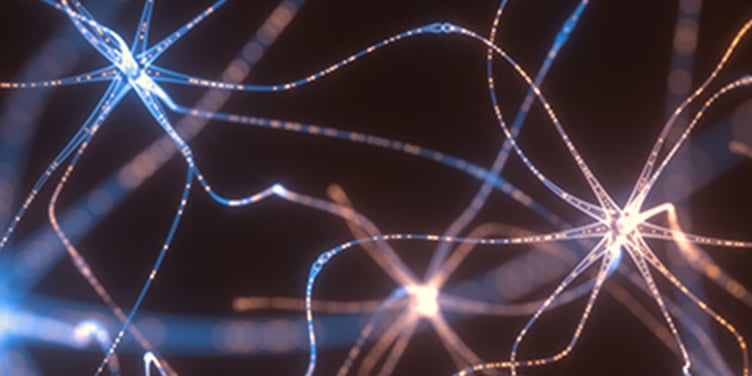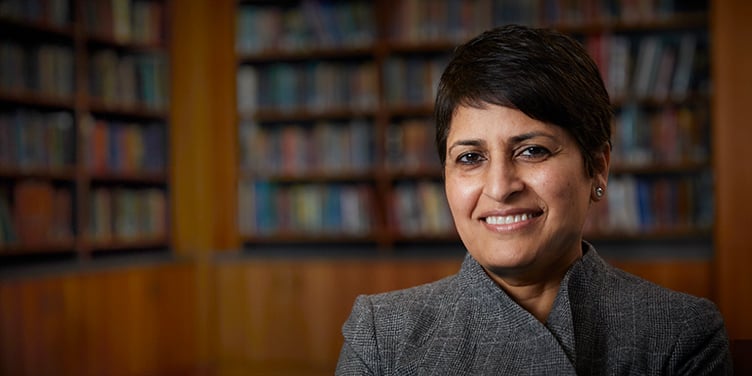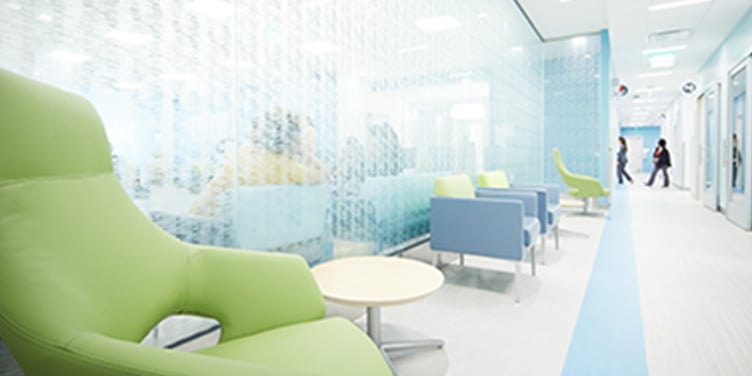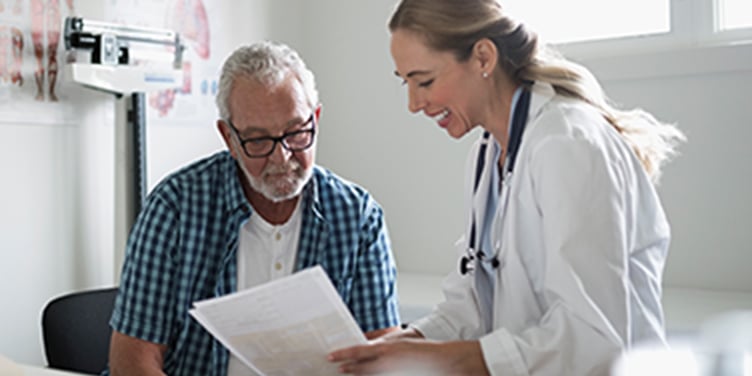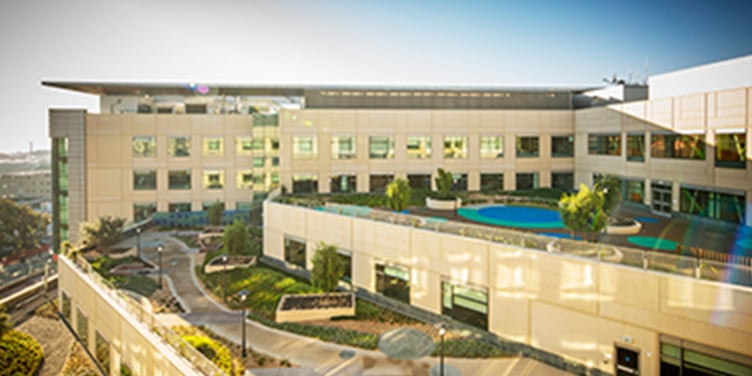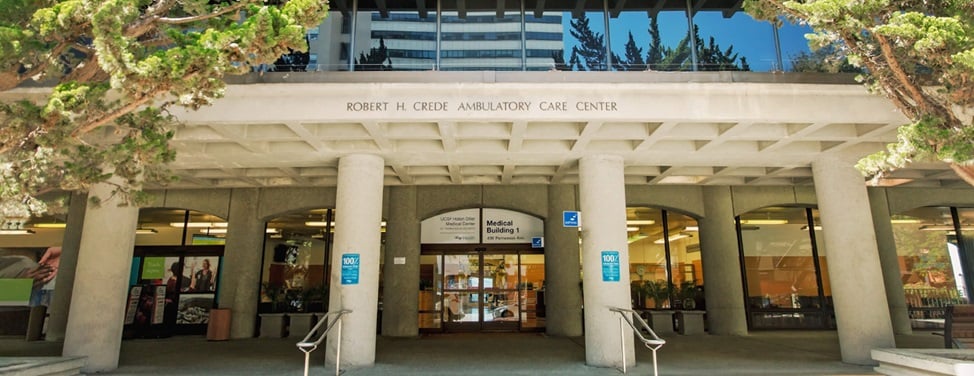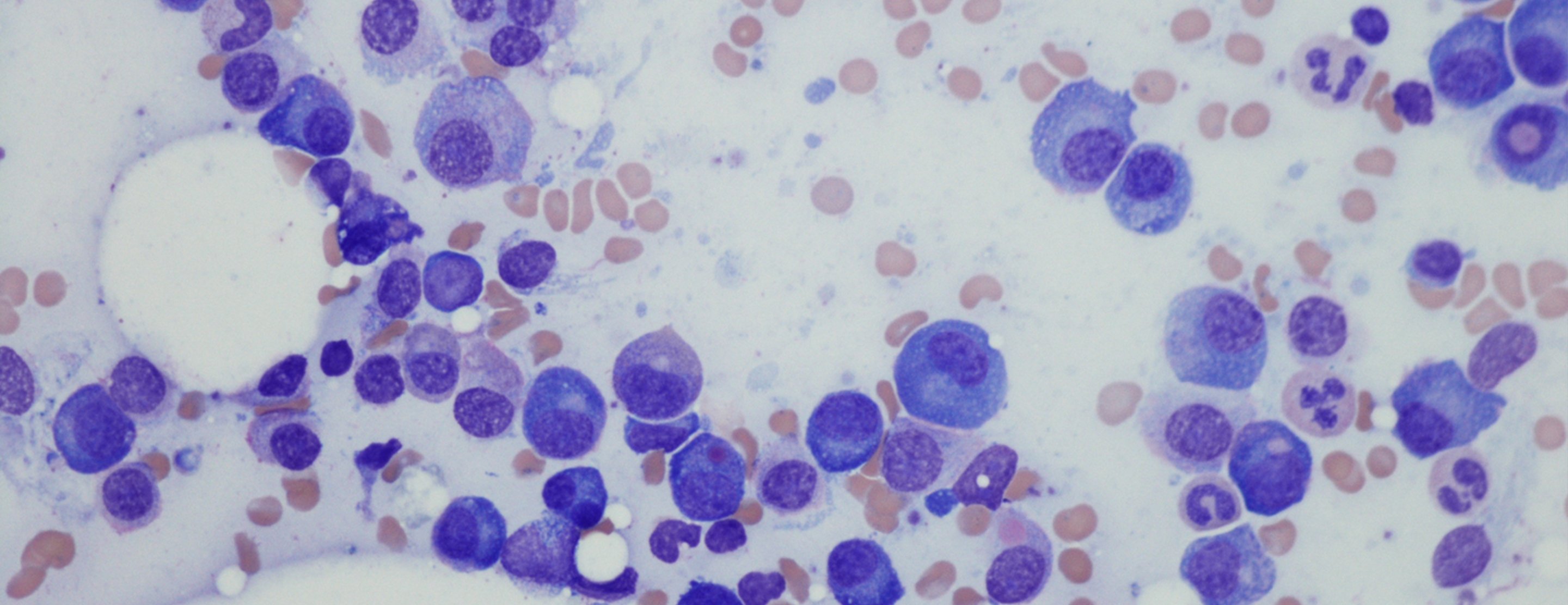
Bone Marrow Transplant Using an Unrelated Donor
Bone marrow transplantation (BMT) can be done using the patient's own bone marrow (called an autologous transplant) or someone else's bone marrow (called an allogeneic transplant). This article focuses on one type of allogeneic transplant: the kind that uses a donor who is not related to the recipient.
If you have questions about the type of transplant recommended for you or a loved one, please speak with a BMT doctor.
What if I don't have a family member who can be my donor?
A key part of allogeneic transplantation is finding a donor whose human leukocyte antigens (HLAs) match those of the patient. HLAs are proteins on the surface of cells. They play an important role in immune function.
Ideally, a brother, sister or another family member can serve as the bone marrow donor. However, many patients don't have a family member who's a good match. For these patients, the National Marrow Donor Program (NMDP) can help find matched unrelated donors.
How is a matched unrelated donor found?
UCSF Health is certified by the NMDP to facilitate searches for unrelated donors. The process begins with a simple blood test to check the recipient's HLA genes. This test is called HLA typing.
Once we know the recipient's HLA type, we can run a preliminary search for potential bone marrow donors with similar HLAs. A report is usually available within 24 hours. The preliminary search is free and no donors are contacted at this stage.
If potential donors are found and the recipient and doctor decide that an unrelated donor transplant is necessary, a formal search is started. This can be done only at an NMDP-approved center, such as UCSF Health.
During the formal search, potential donors are contacted and asked to provide blood samples to confirm HLA typing and for other screening tests. The goal is to find the donor who is the best match for the recipient.
Once a donor is chosen, they will visit an NMDP-approved collection center to learn more about the donation process. After attending an information session, they'll have a full physical exam and more blood tests. If everything looks good, the transplant can be scheduled.
Searching for an unrelated donor takes time – typically three to six months – so it's important to begin the process as soon as possible. A BMT doctor can help you determine whether and when to start the search.
Why is it important to match HLA types?
The immune system's job is to protect the body against harmful substances, such as bacteria, viruses and cancer cells. To do this, the immune system must be able to distinguish the body's own cells (self) from other substances (non-self).
HLAs play a role in this process. They act like flags on the surface of the body's cells, helping the immune system recognize the cells as self. Foreign substances, without these flags, are recognized as non-self and may be attacked by the immune system.
There are many different HLAs and everybody has their own unique set.
When searching for a bone marrow donor, we try to match six specific HLAs between donor and recipient. That way, when the new immune system develops from donor cells in the recipient's body, it will recognize the recipient's cells as self. If the new immune system sees the recipient's cells as foreign, it will attack them. This serious complication of BMT is called graft-versus-host disease.
The better the match, the lower the chance of graft-versus-host disease. However, even with a six-out-of-six match, graft-versus-host disease can occur. Scientists believe other genes likely play a role, and more research is needed to improve our understanding of the condition.
How is HLA typing done?
HLA typing requires a specialized lab staffed with experts in transplant biology and HLA gene analysis. The test identifies the A, B, C and DR HLAs on both the donor's and recipient's cells. Everyone has two types of A, B, C and DR antigens, one inherited from each parent.
We use specialized high-resolution molecular typing that takes two to three weeks to complete. The process begins once we receive the donor's samples.
Where can I learn more?
If you have questions about matched unrelated donor transplantation, please contact the UCSF BMT Program, another NMDP-approved transplant center or the NMDP. To learn more about joining the donor registry, visit the NMDP website.
At UCSF Health, our BMT coordinator supervises HLA typing, the search process, and pre-transplant evaluations and testing for both donor and recipient. For questions about unrelated transplantation or the donation process, please contact the coordinator at (415) 353-2220.
UCSF Health medical specialists have reviewed this information. It is for educational purposes only and is not intended to replace the advice of your doctor or other health care provider. We encourage you to discuss any questions or concerns you may have with your provider.

